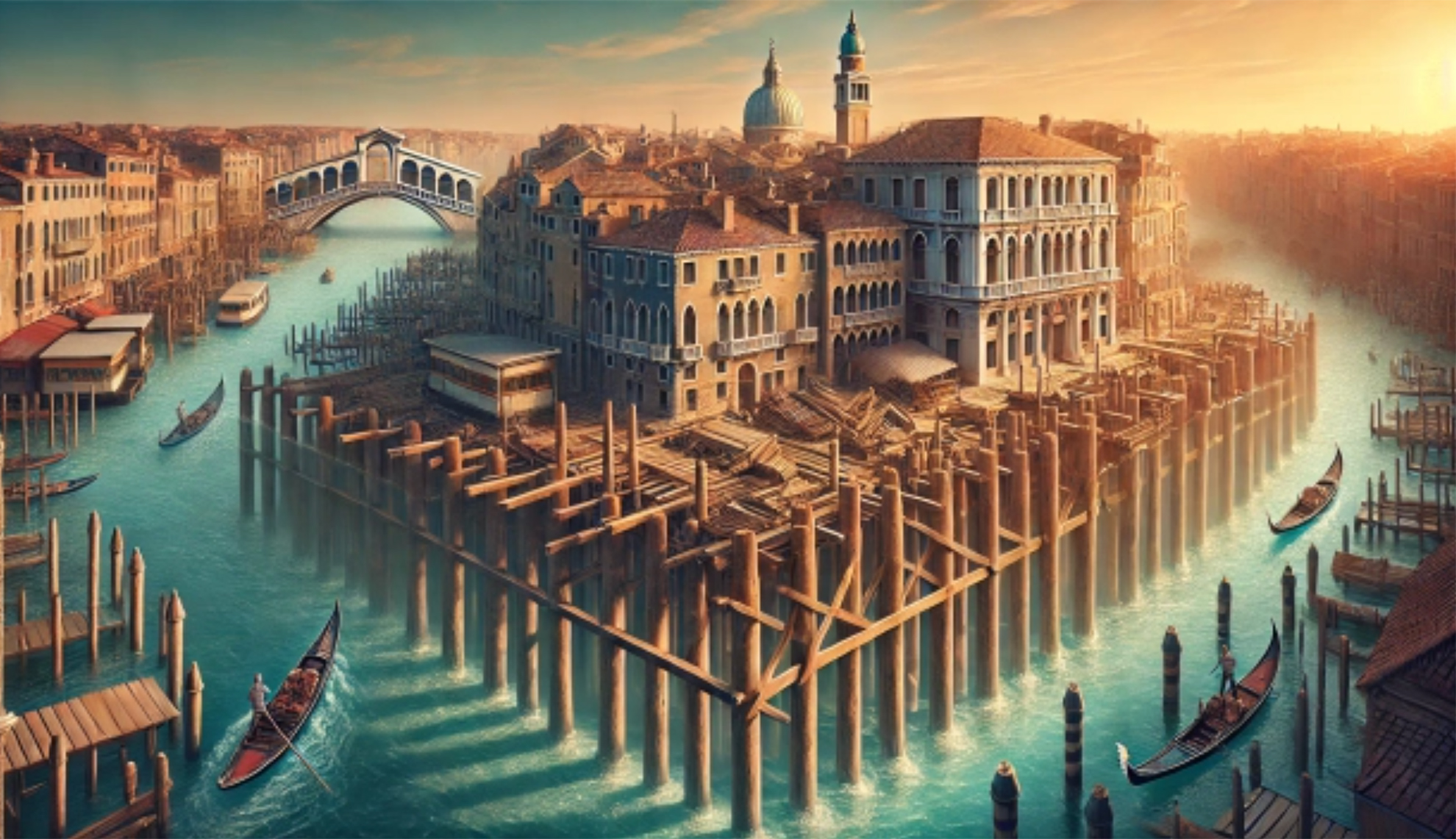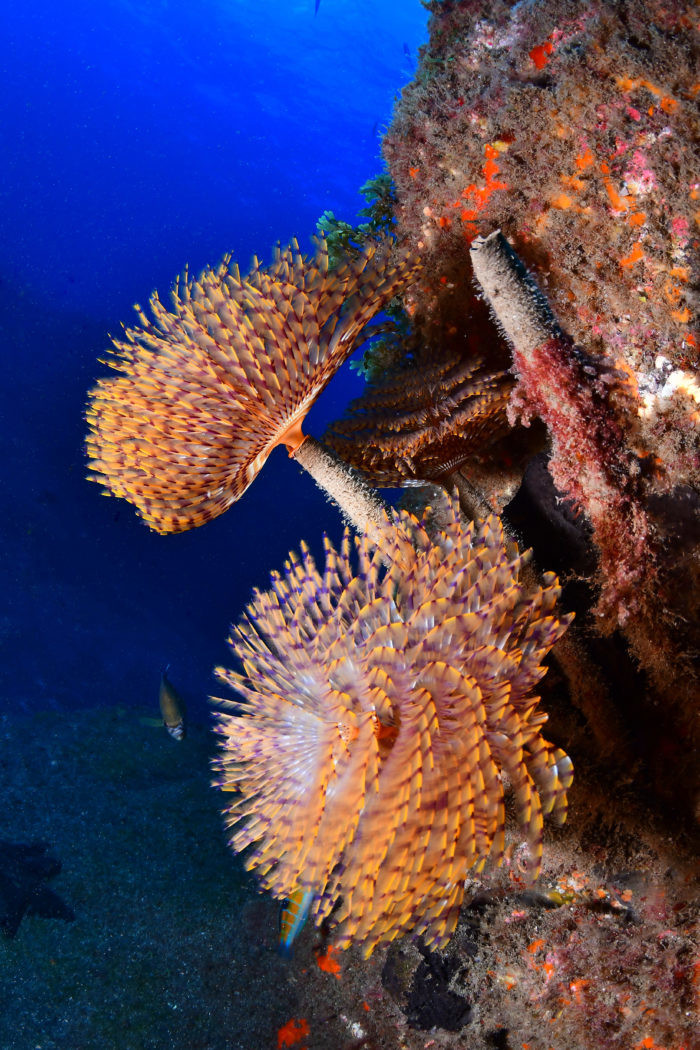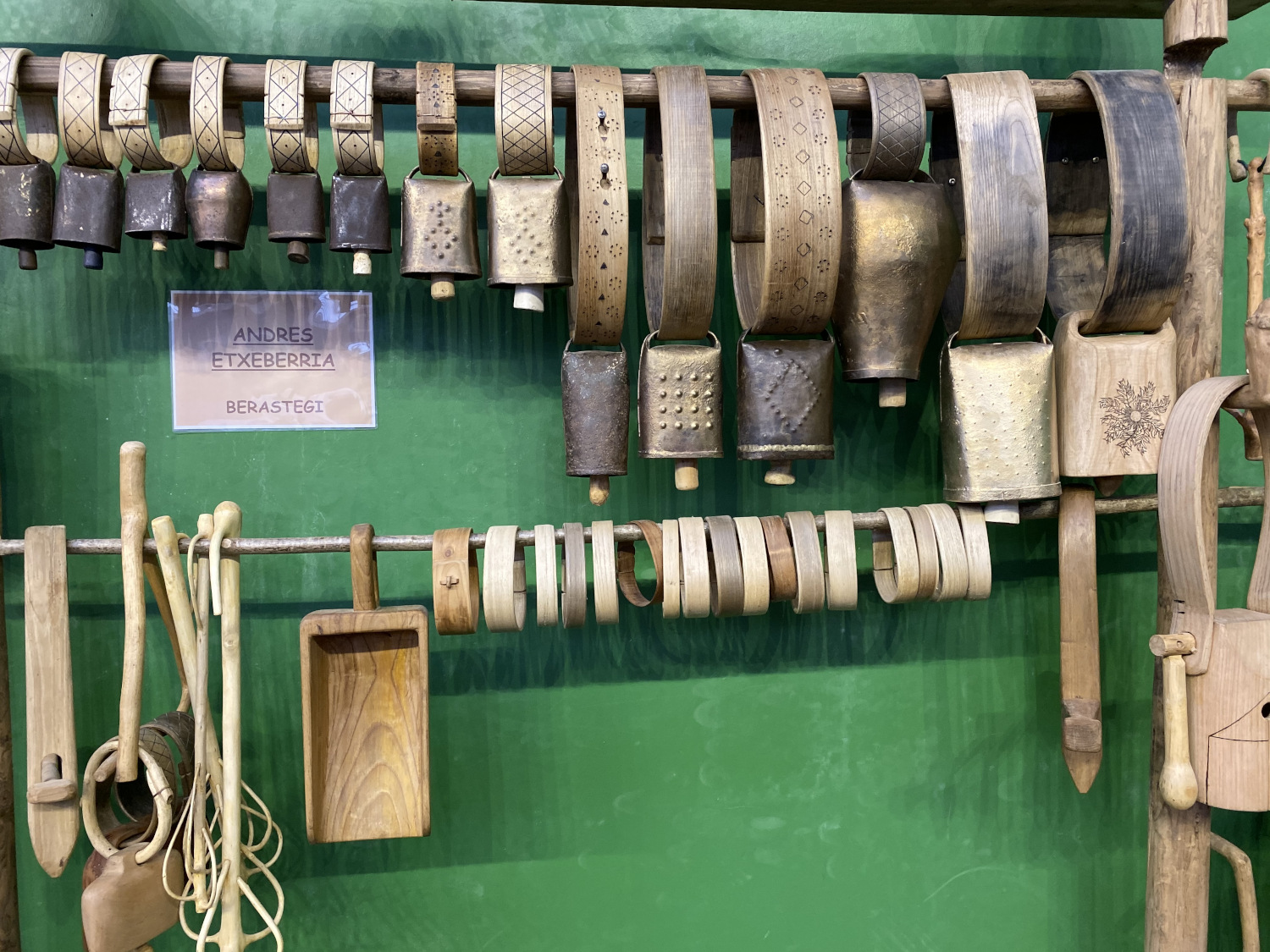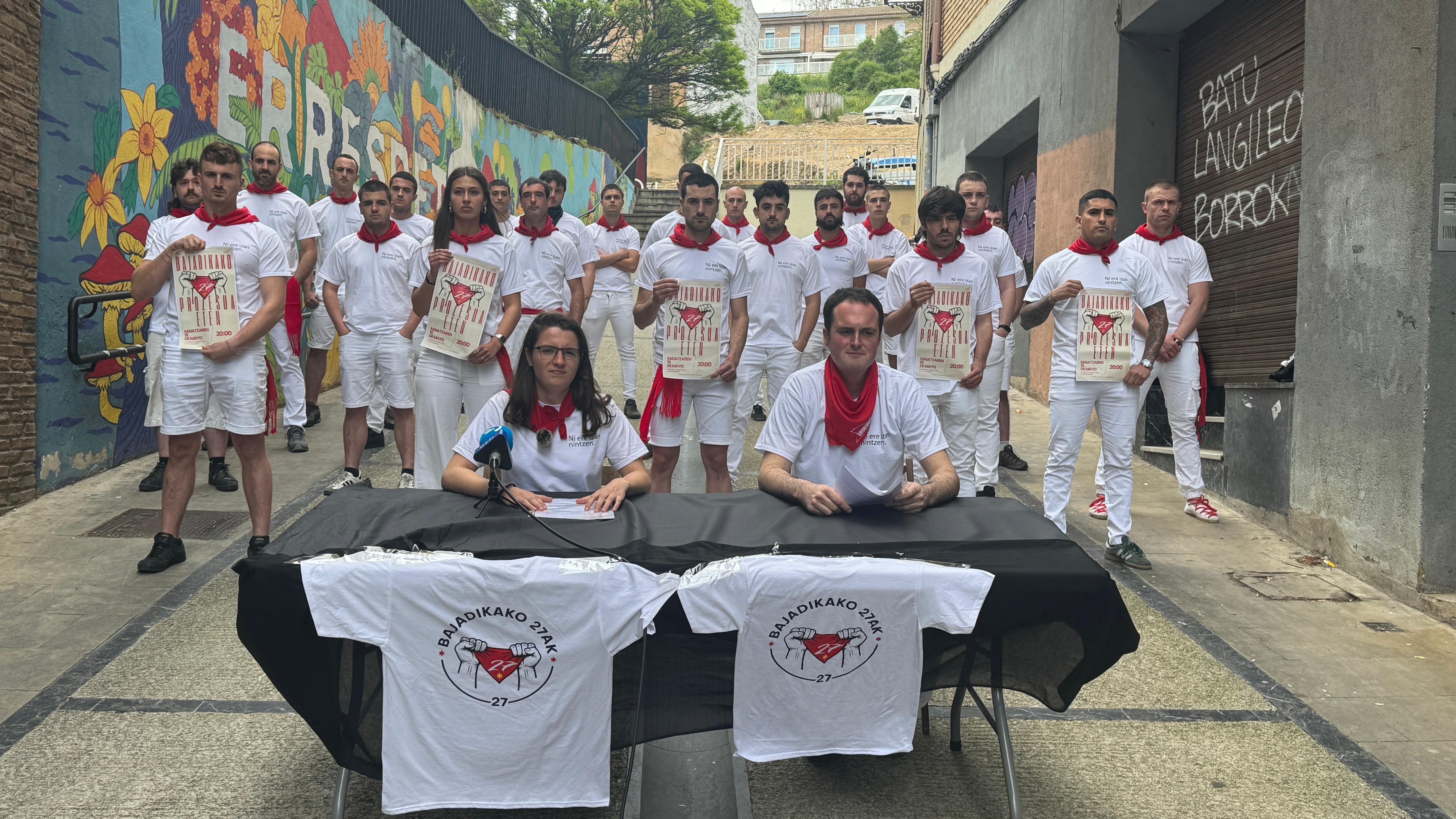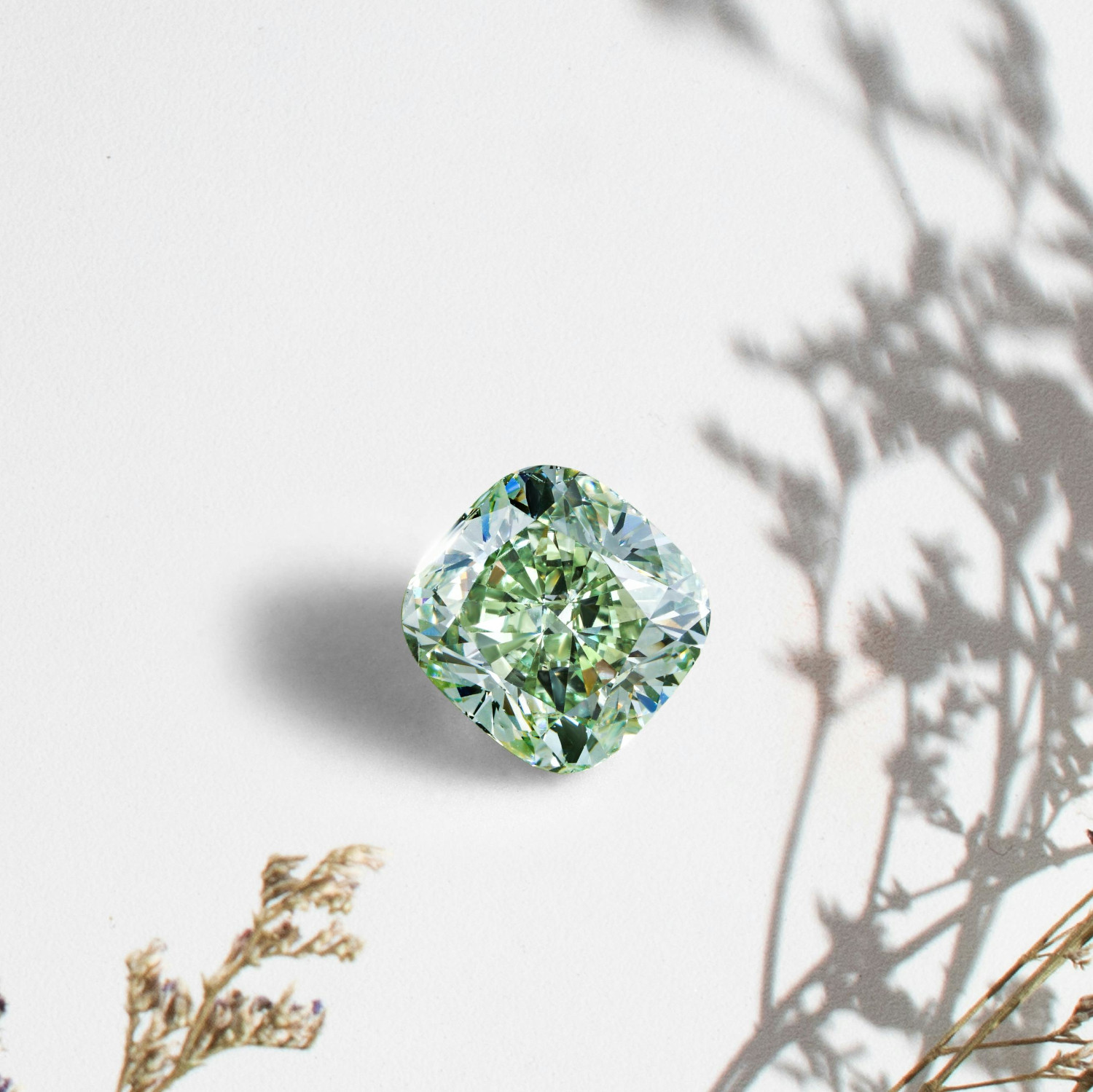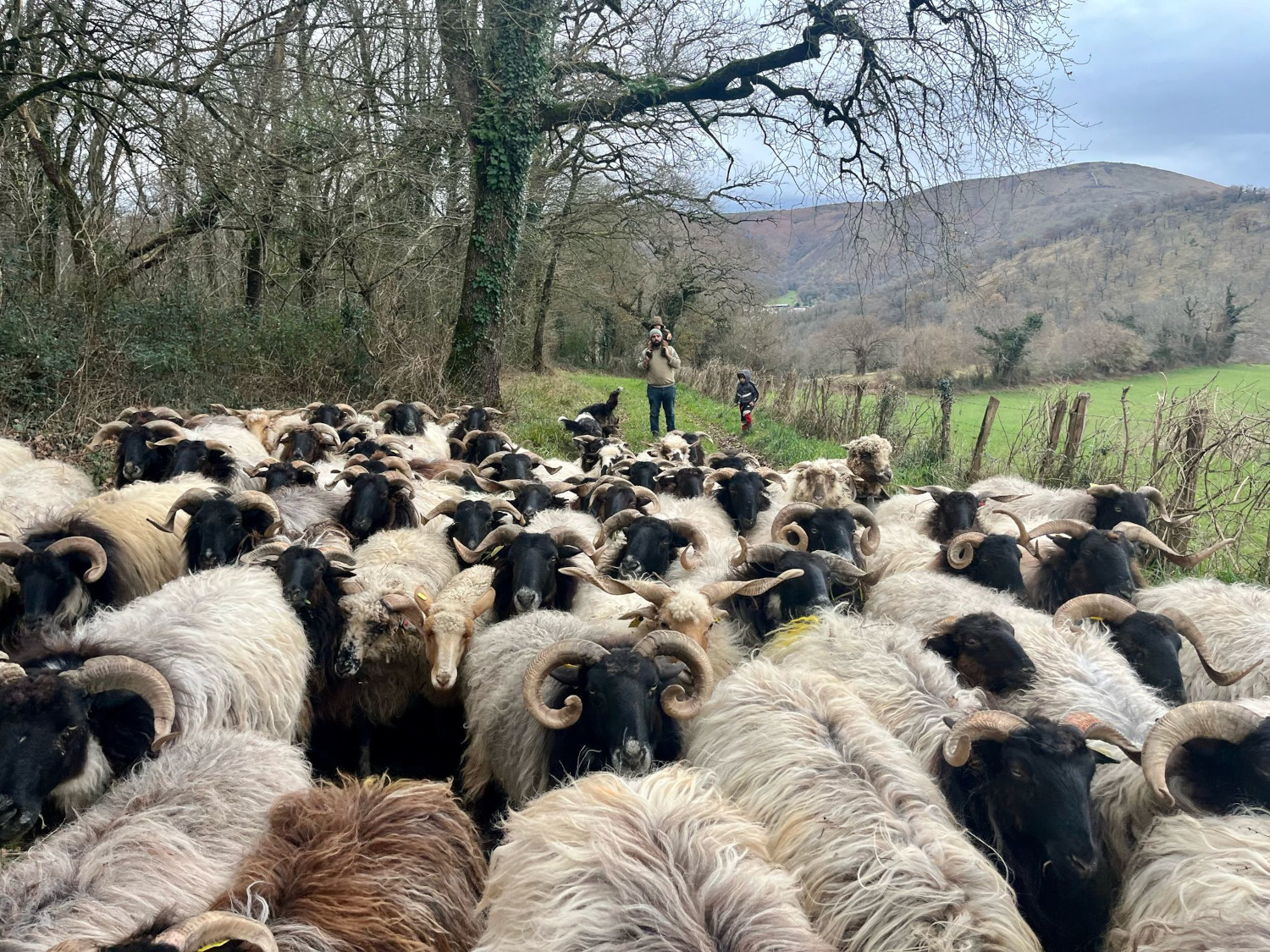Zumeta and apples

We've been left with another big one in our culture, José Luis Zumeta. To those of our generation, another one that enriched our capacity for youth and youth. In Usurbil, we had a group of awesome creators. José Luis himself, Alejandro Tapia, Jesus and the brothers Joxanton Artze. We have learned with them in art, but above all between living. We have learned from them by work, word and action. Your work, your elaboration, your action and your implementation, we have learned everything. He knew how to be a teacher and a friend of all. Masterpiece.
I will not forget immediately how when Zumeta was making the large ceramic image of the back of the main wall of the bounce square, the children visited us. Data from 1973. It was a work of months, and we didn't quite understand what that trio of vivid colors was that spread across the ground; it created a lot of stories among the citizenry. Then, when the 144 square meter work got up, it made us shut up. There is no need for moving, because there are no words to express it. This giant play transformed the bounce wall into a hinge and linked the bounce square known as Goiko Plaza and the new square that was built at his feet. Currently it is called Mikel Laboa Plaza and it was designed by Zumeta himself. The new plaza was occupied by sumptuous iron galleries, including a long two-lump slide. The very shape of this plaza is also an impressive artwork.
In the plaza there are a few trees, but not any, very well chosen. The Tejo (Taxus baccata “Fastigiata”), one of the most representative trees of our culture and reminds of the importance that the treasurer had in building this urban nucleus a few centuries earlier. Fresno (Fraxinus excelsior) sacred tree that gives us grass, wood and protection. Ginkgo (grandson of Ginkgo), an exotic but at the same time ornamental tree, historically significant, with a form that is made at the head of botanists, architects and gardeners. There is also a birch pendant (Betula pendulum) in the plaza, a second as well, but it annoyed the neighbors of the neighboring house and gradually killed him. When the plaza was built, there was also a sharp red leaf maple (Acer platanoides “Crimson King”), but it was never subjected to its conditions and, due to its scarce figure, was tried and expelled. For the shame of all the usurbildarras, the holes or cork holes of the latter are there empty and this year a pointless pruning has been done.
With the restoration of the plaza environment (2012-2014), apples (Malus “Evereste”) were planted that completed this series of model trees. These special apples have an impressive flowering, and when the leaves fall, the whole tree is covered with a small red apple until spring. These apples fill the colors of the immense work that Zumeta has left us. We've been left with apples in bloom.
Pond of Venice, year 452. Prompted by the Huns' invasion, several inhabitants of the interior of the Italian peninsula took temporary refuge in the swampy area. But the Lombard invasions came in a few years, and it would become a permanent home for those immigrants. It was a... [+]








